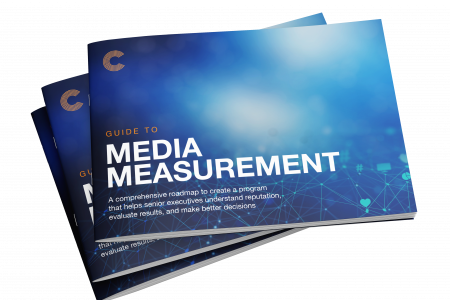Do press releases matter anymore?
Public relations professionals hear often that press releases are a waste of time, annoying, and clog the inboxes of journalists. An article on Axios quoted ...
Read More →
Subscribe to The Measurement Standard
Get the latest insights on PR measurement and evaluation delivered directly to your inbox.
Popular Articles
International Public Relations Association (IPRA)
Industry Events, Webinars & Workshops
| 19th October, 2023 | Campaign’s Media Week Awards |
| 2nd November, 2023 | Communicate Magazine's Data Comms Awards |
| 6th November, 2023 | PRovoke Global Summit |
| 15th November, 2023 | AMEC Awards |
| 30th November, 2023 | CorpComms Awards |
| 19th January, 2024 | UK Digital Excellence Awards |
| 17th - 18th April, 2024 | The Martech Summit SG |
Media Measurement Ebook

Guide to Media Measurement
This eBook is a guide to understand not just why monitoring and measurement are important, but how to go about making sure it’s working for the organization. It covers topics like being involved in choosing a partner, monitoring and measuring globally, to rapid sentiment testing and analysis in a crisis to kick-start your measurement journey.








